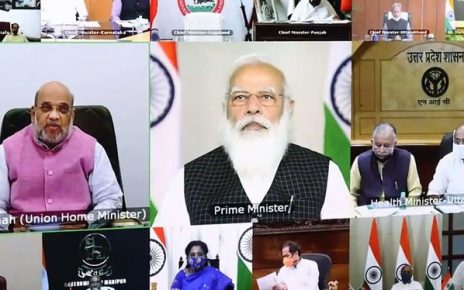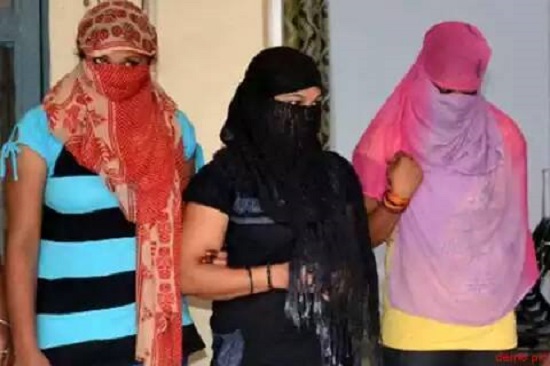The government has listed the bill for Monday’s legislative business in the lower house. The GST bill was passed by Rajya Sabha on Wednesday with amendments and thus needs to be again approved by the Lok Sabha. The Bill was passed by Lok Sabha last year. It now has to go back to the Lower House to incorporate amendments approved by the Rajya Sabha. The GST Bill has to be ratified by at least 16 states in 30 days after it is passed by the Parliament. The ruling Bharatiya Janata Party (BJP) and the opposition Congress have issued whips asking their members to be present in the house on Monday in view of the GST bill being taken up.
PM Narendra Modi, who was under attack by the Opposition parties, especially the Congress for his absence during the passage of the Constitution amendment bill for GST in the Rajya Sabha on August 3, is now likely to intervene in the debate, sources said. The Parliamentary Affairs ministry on Saturday dubbed the passing of the Constitution’s 122nd Amendment Bill relating to GST by huge consensus in the Rajya Sabha as the “hallmark of the third week of monsoon Session of Parliament”. The bill will then go to the Presidential for his assent and the states have also been asked to ratify it within 30 days of this. The GST Bill will replace a raft of different state and local taxes with a single unified value added tax system. This will in effect turn the country into the world’s biggest single market.
Being a Constitutional amendment that involves the states, at least 50 percent of them also have to ratify it. This is where the process could take long, since states could have their own set of issues and worries, which the Empowered Committee and the government would have to address. What will, nevertheless, help is that the BJP and its allies are in power in 13 out of 29 states. These formalities apart, the parliament will have to pass relevant bills for a Central GST and an integrated GST, while the states will have to enact their own legislations for a State GST. This is because the GST regime will involve the imposition of central and state levies at identical rates. The government has said April 1 next year will be the target date for the roll-out of the GST regime.





